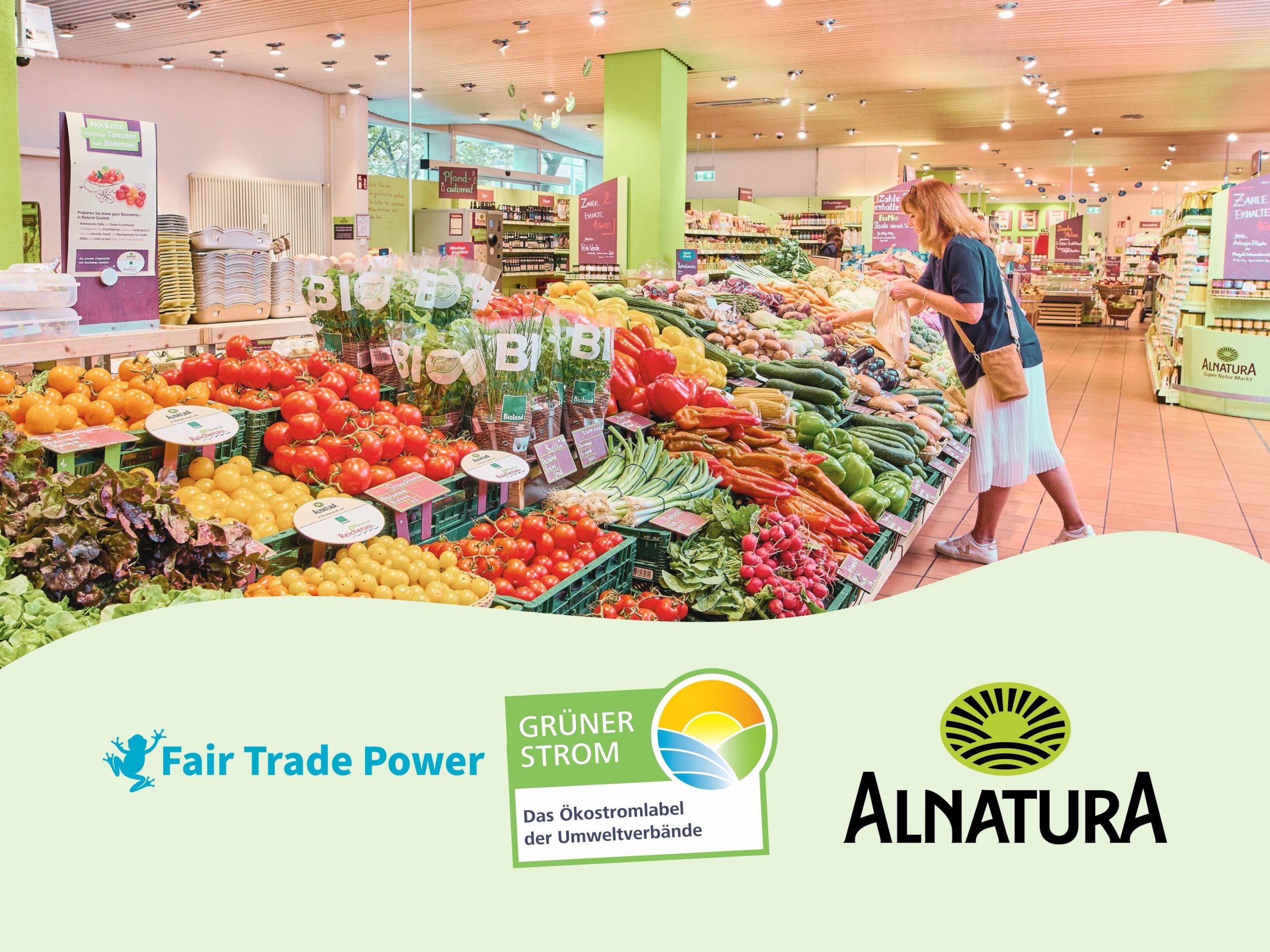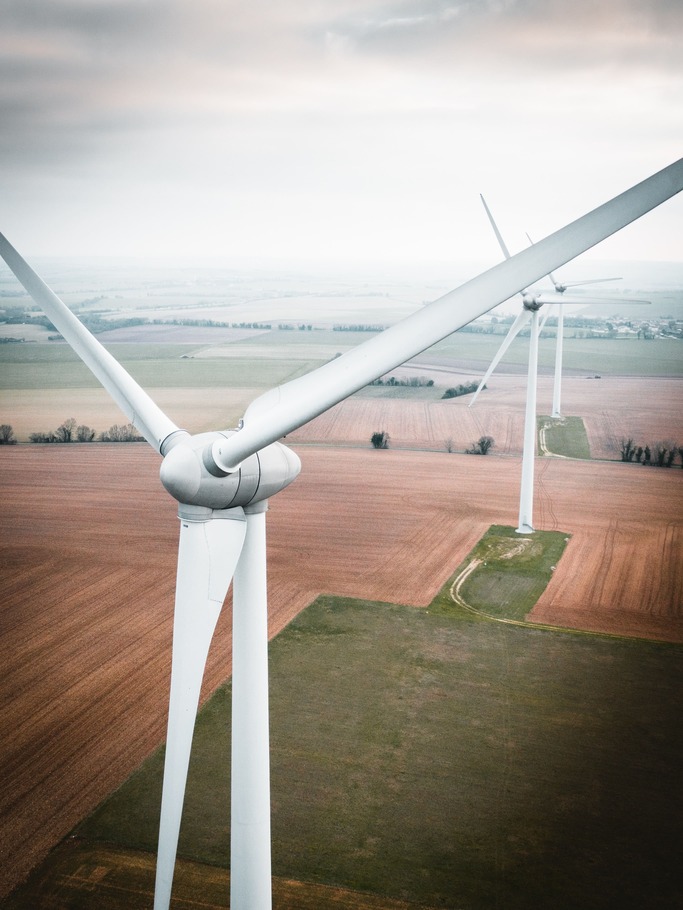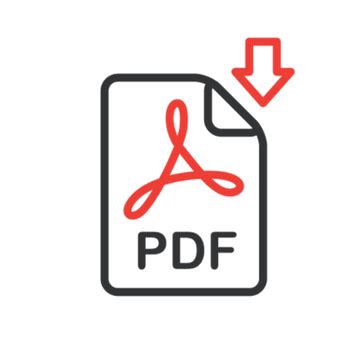Open letter on the creditability of renewable electricity for electromobility under the GHG quota.
The current cabinet decision to further develop the greenhouse gas reduction quota (GHG quota) as an implementation of the EU Renewable Energies Directive for transport into German law is a correct and important step on the way to achieving the sectoral climate protection commitments in transport. The now planned increase of the GHG quota to 22 % for 2030 and the focus on electromobility as a key technology for road transport are urgently needed to have a realistic chance of a successful energy transition in transport and thus of achieving the climate targets. The current draft amendment to the relevant ordinance (38th BImSchV) regulates the creditability of electricity for electromobility to the GHG quota. For the calculation of the relevant emission reduction, the average GHG intensity of electricity from the grid is usually used. Traction current from renewable energies should therefore be specifically promoted through the proven instrument of the GHG quota in order to achieve the set target of 28 % RE share in transport.
- A high percentage of renewable energy in charged traction current should be counted as part of the GHG quota to stimulate additional investment in green power generation.
- The crediting of green power planned in the draft bill should be expanded beyond just direct connection at public charging points to include other scenarios.
The course for the success of climate policy in the transport sector is already being set today due to the high inertia of the vehicle fleet. In order to make the switch to e-mobility
green power purchases should be rewarded accordingly via GHG quota trading. This will provide a financial incentive for market participants whose decisions today will make the climate targets for 2030 achievable.
The planned promotion of green electromobility through the GHG quota
Battery-electric vehicles are already helping to reduce emissions in road traffic and lower final energy consumption due to significantly higher energy efficiency of the powertrain. Traction current also eliminates the high energy conversion losses that occur, for example, in the production of electricity-based liquid fuels. A focus on electromobility as a key technology for road transport therefore makes sense. However, the full potential for reducing greenhouse gases can only be exploited if electric vehicles run on as much genuine green electricity as possible.
Here, the draft bill for BImSchV No. 38 points in the right direction: In principle, this allows in § 5 (4) the creditability with an emission factor of zero on the GHG quota when charging e-vehicles via a public charging station with a direct connection to a RE generation plant. Proportionate electricity withdrawals from the grid should continue to be valued at the value for the average German electricity mix. However, this incentive to use green electricity should also be extended to other charging scenarios in order to recognize the actual contribution to GHG reduction in transport in a performance-based manner via GHG quota trading.
In connection with RED II, a delegated act is currently being drafted that is intended to create legal certainty with regard to the recognition of green electricity via grid purchases and the provision of additional electricity volumes (cf. RED II, Article 27). The German government should already work towards ensuring that the delegated act allows the potential creditability of pure green electricity towards the GHG quota as unbureaucratically as possible.
Possible options for crediting renewable electricity for electric vehicles toward GHG quotas.
In principle, we welcome the envisaged possibility of crediting public charging via direct RE connections with an emission factor of zero. However, the currently most common constellation of public charging points is without a direct connection to a RE generation plant. In the future, the greater potential of such direct connections could be in non-public charging - for businesses and private individuals. For private individuals, tenant electricity models with electric mobility may also become more attractive here. Accordingly, the possibility of crediting direct-related green electricity should be expanded.
In the case of commercial non-public charging, consumption-based charging of (grid-related) green electricity could also make sense, as the costs for recording power measurement and control would be amortized relatively quickly here due to high sales volumes. Currently, such consumption-based charging is not possible, but is only
mapped via flat-rate values. The introduction of a choice between measured values and lump-sum values could increase the attractiveness of this option. This option would thus take two important aspects into account: 1. electric vehicles have a good carbon footprint, especially with high mileages. 2. the use of green electricity additionally improves this balance. This would be rewarded by a contribution-based credit.
With regard to the eligibility of green electricity for grid procurement, questions arise regarding verifiability, green electricity characteristics, the ban on double marketing and investment incentives in new RE plants (keyword: additionality). For example, extended guarantees of origin (HKN+) in connection with certain green power labels are conceivable, which impose special requirements on the age of the generation plant, energy source, payments into investment funds or grid efficiency (for example, generation and consumption on the same side of the next grid bottleneck).
In the context of the recognition of electricity-based fuels, in order to secure the "green characteristic", it is demanded that the green electricity proof can also be provided within the framework of Power Purchase Agreements (PPAs) (cf. demands of the National Hydrogen Council or the EU Innovation Fund). In parallel, such power purchase models must also be recognized for electric power used directly in electric vehicles in order to be assigned an emission factor of zero. Post-EEG plants should also potentially be considered, provided that PPAs (coupled with HKN) prevent dismantling of these plants. This would allow investments in new construction, maintenance and repowering. Reference is again made to the influence of the upcoming delegated act. Here, it could become necessary to increase the national expansion paths for RE plants in a correspondingly flexible manner by the required capacities for traction current. The criteria considered here, such as geographical and temporal correlation, could also be used under certain circumstances.
As an alternative to charging for green electricity, it would also be conceivable in the future to take into account the GHG intensity of the electricity at the time it is drawn from the grid. In this way, intelligent metering devices could optimize charging via the GHG intensities, which fluctuate strongly over the course of the day, and be credited to the GHG quota with a correspondingly high level of emissions.
The options identified consistently continue the path taken by current draft legislation and regulations. A stronger consideration of genuine green electricity while ensuring additional investments in RE generation plants ensures a purposeful use of GHG revenues. Greater earmarking should also be sought for the envisaged auctioning of unreported electricity. The revenues generated in this way should be earmarked for the expansion of electromobility and RE capacities in order to ensure a greater contribution of the GHG quota as an efficient climate protection instrument for the energy transition in transport.
Contact
Benedikt Kirpes & David Pflegler
GreenTrax (info@greentrax.de)








